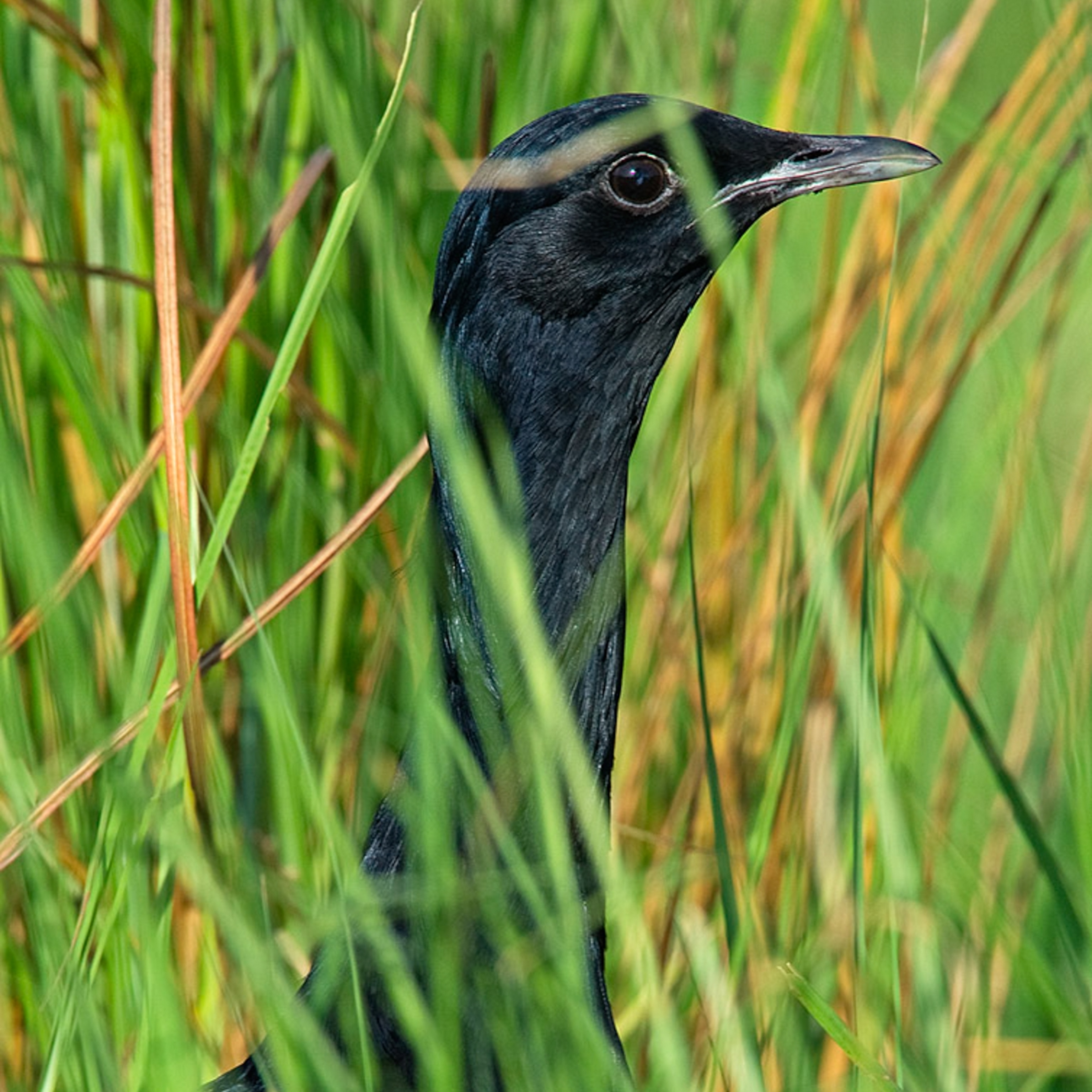How Better Glass Can Save Hundreds of Millions of Birds a Year
We can prevent birds from flying into windows with current technologies—experts say we just need the will.
We may be embarrassed to admit it, but we've all done it: run headlong into a window or sliding glass door that we just didn't see.
People usually escape with only a bruised ego. But when birds smack into windows, the results can be deadly.
In fact, as many as 600 million birds die in window collisions in the U.S. and Canada every year, scientists estimate. We may hear only the occasional thump as a sparrow or robin crashes into our home or office window, but they add up.
These collisions kill more birds than oil spills or pesticides do, says Daniel Klem Jr., an ornithologist at Muhlenberg College in Allentown, Pennsylvania. The spring and fall migration periods are particularly deadly, with large flocks of birds navigating cities and suburbs that are littered with windows.
Klem has been working on the problem since the 1970s, but he's in rare company. Lack of funding and a limited understanding of how birds see are the main reasons why scientists, politicians, and the public seem to be playing catch-up.
But now solutions are starting to pop up on the market, including new kinds of glass with patterns that birds can see and avoid. (And no, those hawk decals don't work.)
If the glass industry can come out with products that satisfy researchers as to their bird-friendliness—as well as consumers looking to preserve their views—then these fledgling efforts have a real chance of saving millions of birds a year. (See "New Report Highlights Dire Situation of Many U.S. Birds.")
A growing awareness of the threats to bird populations has prompted new laws and voluntary guidelines in cities from Toronto to San Francisco. Along with "green" building programs, these new rules are spurring demand for bird-friendly glass among architects, glass manufacturers, and their clients. And that's highlighting the need for more research into why birds fly into windows and how people can prevent those collisions.

Creating "Noise"
Preventing bird-window collisions is, in theory, fairly straightforward. As long as there is some kind of visual "noise" alerting birds to a barrier, they will avoid a window, says Christine Sheppard, a conservation biologist who is testing new kinds of glass that do just that.
The simplest options for existing structures include external window screens, sunshades, or tempera paint to form patterns on the window, says Sheppard, who manages the bird collisions program at the American Bird Conservancy, based in The Plains, Virginia.
A good guideline for patterns on a window is the 2 x 4 rule, says Klem. Horizontal lines should be spaced no more than two inches (five centimeters) apart, while vertical lines should be no more than four inches (ten centimeters) apart. Birds will try to fly through anything larger than that, he says.
Just placing a sticker with an outline of a hawk or other bird predator on a window isn't effective. A bird will just try to fly around the sticker—and possibly smack into the clear parts of the window on either side of the decal.
The placement of any pattern is also important, experts say. The outside surface of a window—the part facing the outdoors—is the important side, says Klem.
That's because under certain lighting conditions throughout the day, the outer surface of the glass can act like a mirror, reflecting images of the sky, trees, or whatever else is in front of it, obscuring a pattern on the inside of the glass.
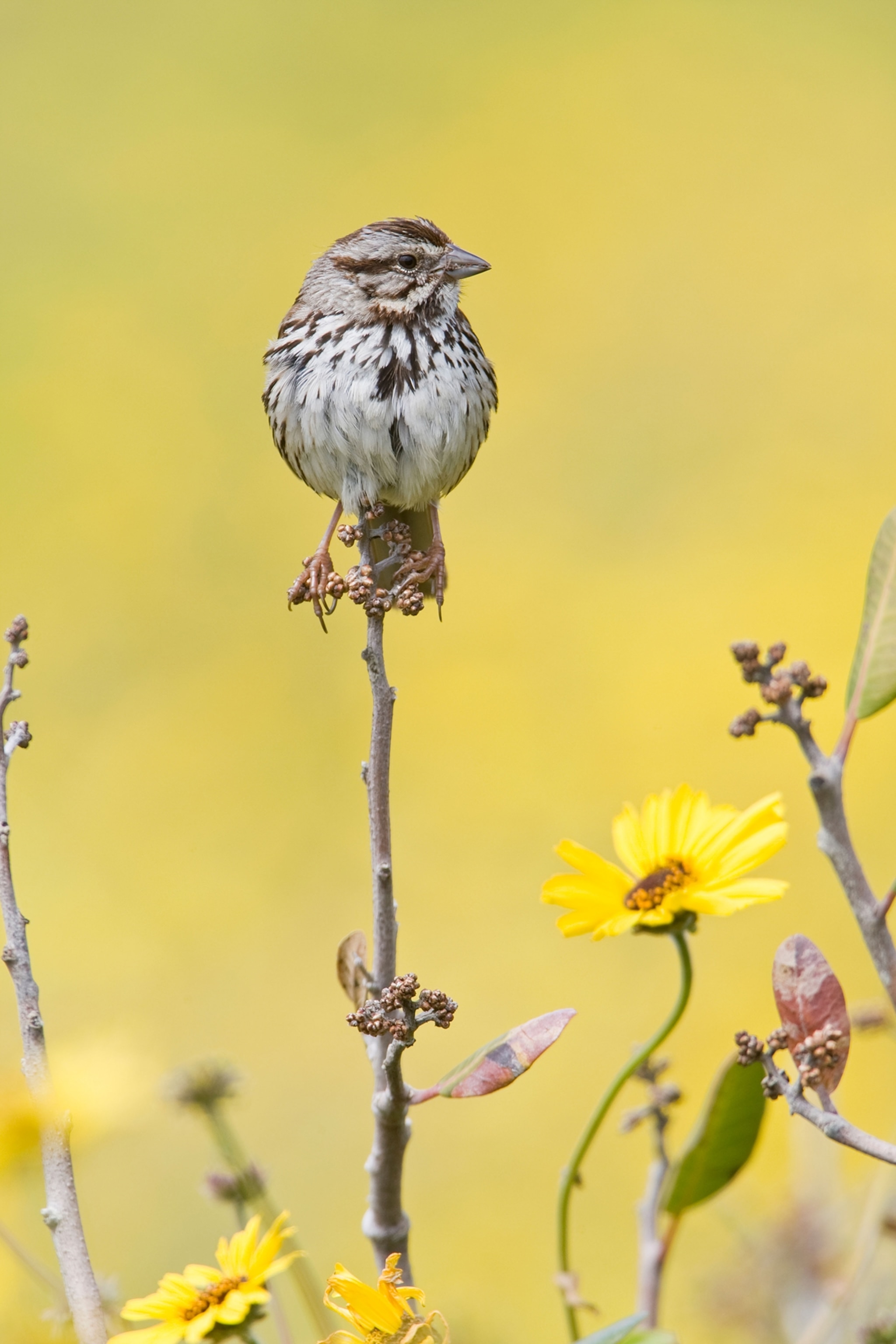
Now They See It, Now We Don't
The problem with many bird-proofing techniques is that they defeat the purpose of having a window in the first place, says Anders Ödeen, an ecologist at Uppsala University in Sweden.
Lines, dots, screens, shades, and decals all obstruct our view. So in recent years, glass manufacturers have been developing windows with patterns that birds can see, but that people can't.
Since most birds can see ultraviolet (UV) light, but we can't, applying UV-reflecting patterns to windows has become an area of intense interest, Ödeen says.
Things get tricky, though, because birds differ in the kind of UV light their eyes are sensitive to. If a UV pattern reflects only one wavelength, some kinds of birds will see it while others won't.
The best thing for bird-safe glass, Klem says, is to use materials with a UV pattern that reflects strongly across a broad range.
A German company has produced a commercially available windowpane called Ornilux that contains a UV pattern—a mishmash of lines that look a bit like "pickup sticks"—that has gotten attention. But how well it works depends which scientist you ask.
Sheppard has had some success with Ornilux glass, but when Klem tested the panes with live birds in his experimental setup in eastern Pennsylvania, it wasn't as effective as he had hoped.
Part of the problem was that the glass wasn't reflecting a strong enough UV signal, Klem explains. It wasn't "contrast-y" enough. He also thinks that the jumbled pattern didn't help.
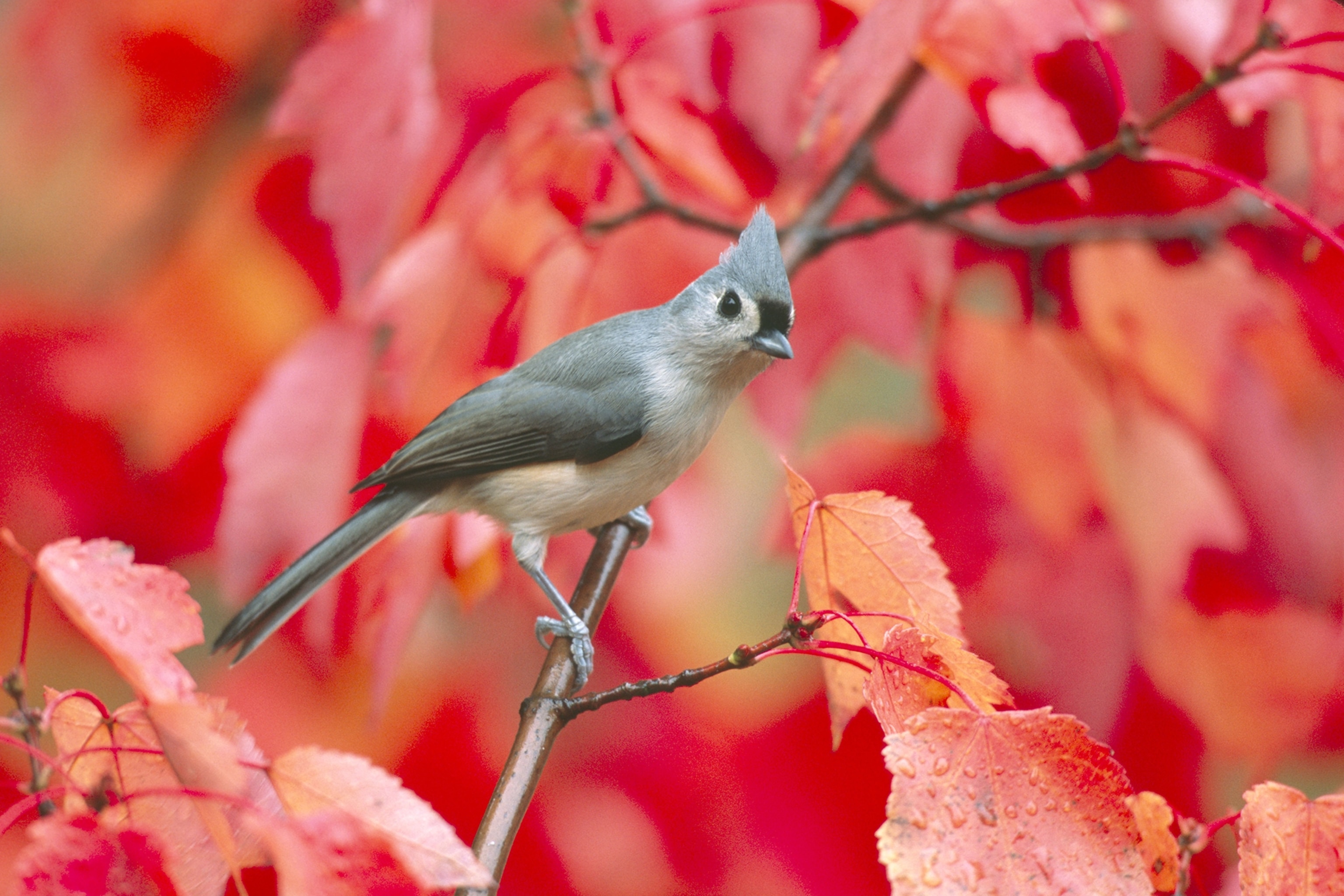
A Tale of Two Setups
One reason there aren't more varieties of bird-friendly windows on the market is because there are only two U.S.-based researchers—Klem and Sheppard—focused on testing them. And they don't always agree on which product works best. Both want to reduce the carnage, but they have very different approaches.
Sheppard tests her windows in a controlled setting inside a tunnel, whereas Klem puts the panes he studies out in the field. There are pros and cons with each setup, says Stephen Hager, an ornithologist at Augustana College in Rock Island, Illinois. He's studying which birds across North America are most vulnerable to window collisions, and which types of buildings and locations are problematic.
The tunnel allows researchers to control all the variables except ones they wish to test, Hager says, "but you sacrifice the natural behavior of the bird because it's confined."
Sheppard borrows space in a non-public area of New York City's Bronx Zoo to conduct her work. Captured birds must fly from one end of the darkened tunnel toward a "control" window and an experimental window at the opposite end.
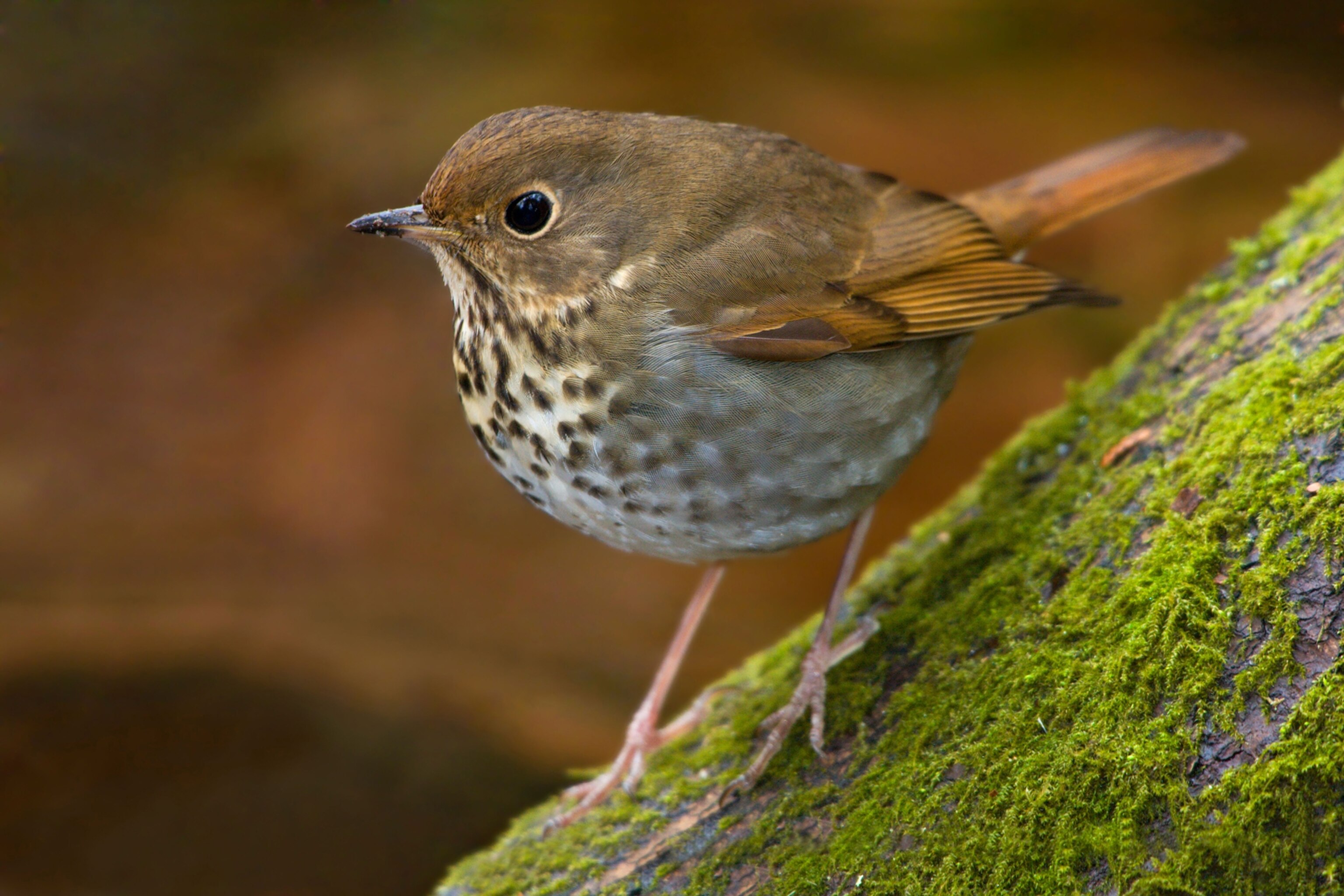
The number of birds that Sheppard and colleagues can test depends on how many they catch—and how many deign to cooperate. Some refuse to leave the researcher's hand once in the tunnel, while others flit down to the bottom of the tunnel and saunter down its length.
Klem wanted to preserve as much of the birds' natural behavior—and sunlight's effect on windows—as possible, so his experiments take place in an open meadow ringed with trees. Birds are free to come and go, and his experimental and control windowpanes are subject to natural lighting conditions.
The four-foot-wide (1.2 meters) windows are spaced eight feet (2.4 meters) apart so that if a bird wishes to avoid it, the animal can fly around the window.
Birds may behave more naturally in the field setting, Hager says, but it doesn't provide a way to control for every factor, like lighting, that could potentially influence the experimental results. And there's a price for more realistic testing: Some birds do die in the course of Klem's tests.
Worth Fighting For
The paucity of data on the effectiveness of various techniques for reducing bird-window collisions in a real-world setting is a problem for architects and glass manufacturers who have to put these ideas into practice.
It's especially frustrating for firms looking to follow a LEED pilot program that incorporates bird-friendly designs. To attain LEED certification, buildings must adhere to environmentally friendly standards, including energy efficiency and use of recyclable materials.
A lot of the advice conservation organizations give to architects is along the lines of "don't use a lot of glass near big bodies of water," says Sheppard. "Well, how close is near and how big is large?" she asks. "Architects are used to using things they can measure."
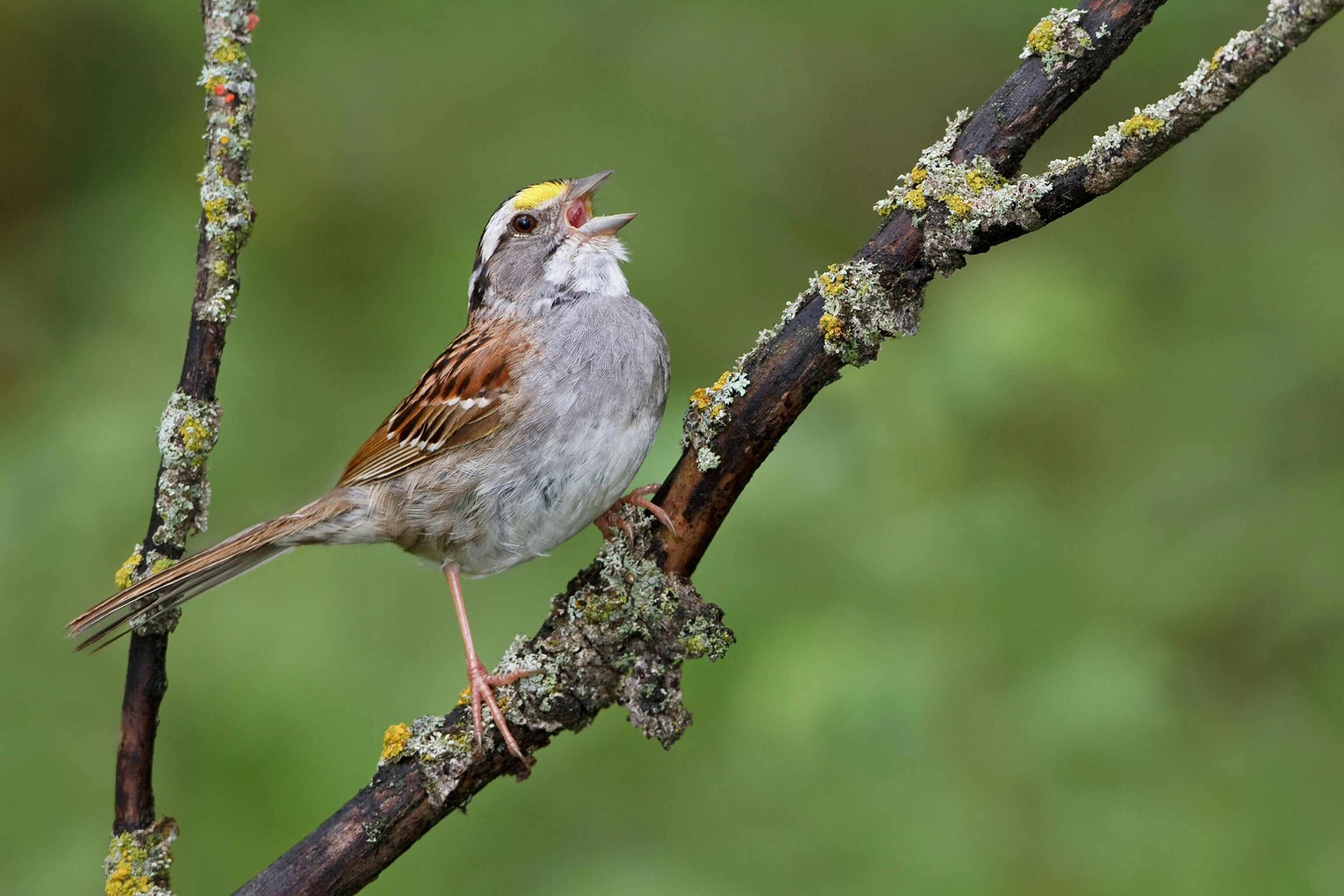
Sheppard hopes to alleviate the guesswork by using her tunnel to come up with a standard test that companies can use to determine a window's bird-friendliness.
Meanwhile, laws and guidelines for bird-safe features in new building construction or major renovations are popping up in cities and states across North America. Minnesota, Cook County (which includes Chicago), San Francisco and Oakland in California, and Toronto in Canada all have laws on the books, and Oregon is considering one.
Congressman Mike Quigley (D-IL) has introduced legislation that would direct the General Services Administration to incorporate bird-friendly materials and features into federal government buildings.
It hasn't passed, but the congressman is hopeful now that the midterm elections are over.
"I think we have the knowledge to produce windows that will work," says Klem. "We just haven't been able to commit to it."
Follow Jane J. Lee on Twitter.


